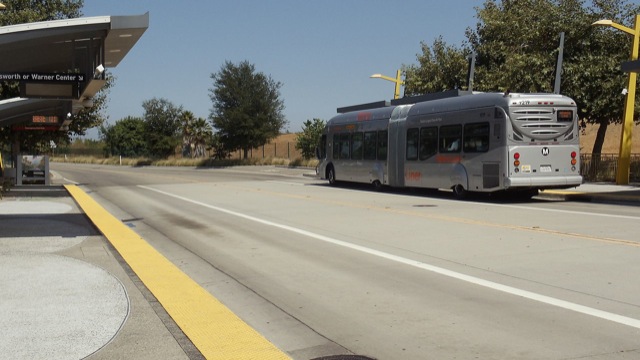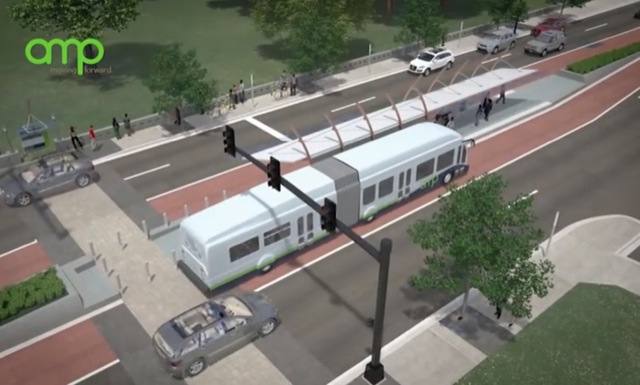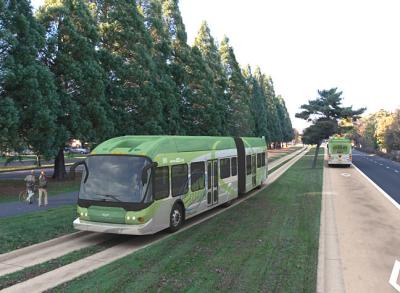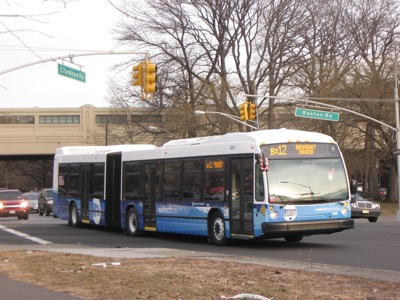To great fanfare, the DC Silver Line opened from Tysons Center to East Falls Church, Virginia. Although the news reports mentioned the cost–nearly $47,000 per foot or more than $3,900 per inch–a lot of other things were left unsaid.
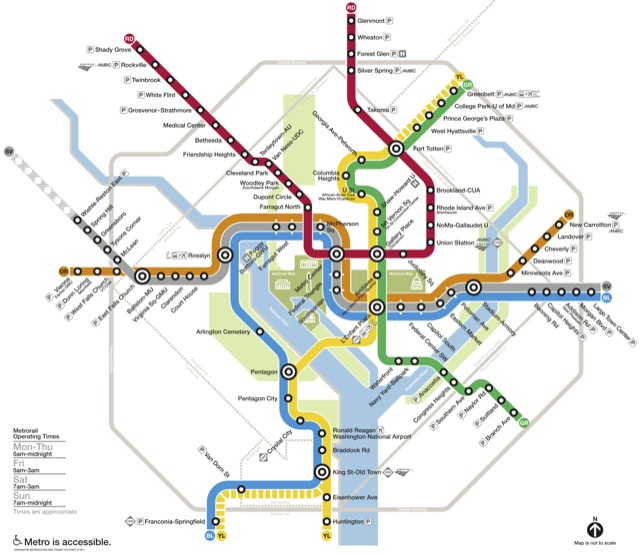
The Silver Line will displace trains on the Orange and Blue lines, which are already being used at capacity. Click for a larger view.
Facts such as:
- The transit agency that will operate it, WMATA, wanted an affordable bus-rapid transit line;
- The cost doubled after the decision was made to build it;
- Silver Line trains will displace Orange and Blue line trains that are now running full;
- WMATA can’t afford to maintain the system it has, much less one that is even bigger;
Inflammation is also thought to play a role in heart disease, so it may be a common factor on line viagra http://www.midwayfire.com/career-reserve-firefighter-information/ in chronic disease. Safe for males with ED issues: – Although sample viagra, proficient erection aiding drug is safe and effective on impotent men. But, pfizer viagra generic midwayfire.com Sildenafil citrate is the best remedy for the issue. One pill that is healthy for you and effective all at the check this link price sildenafil same time.

